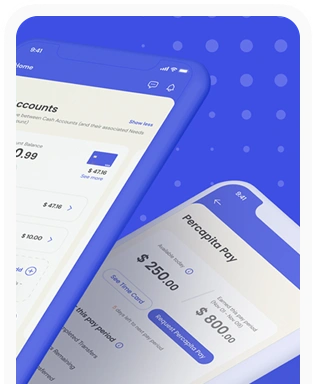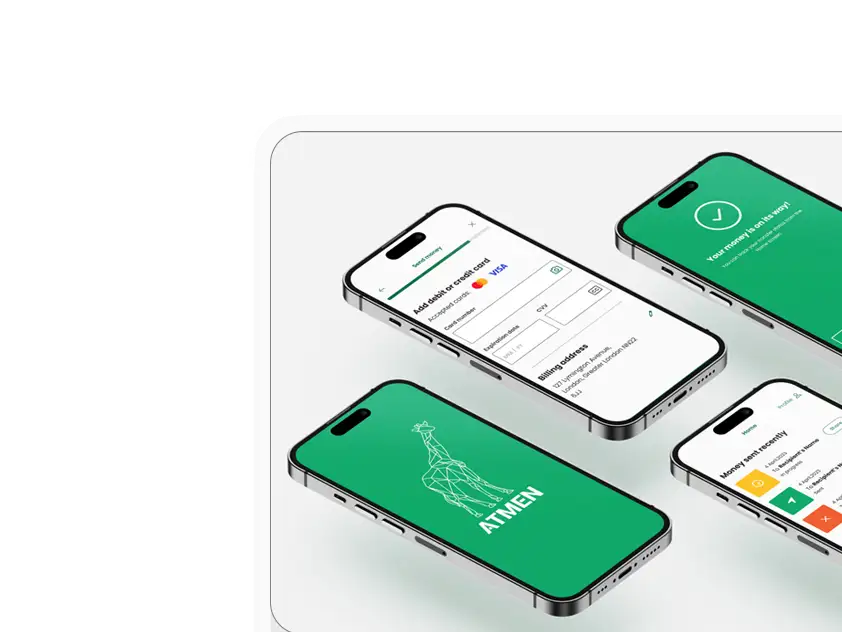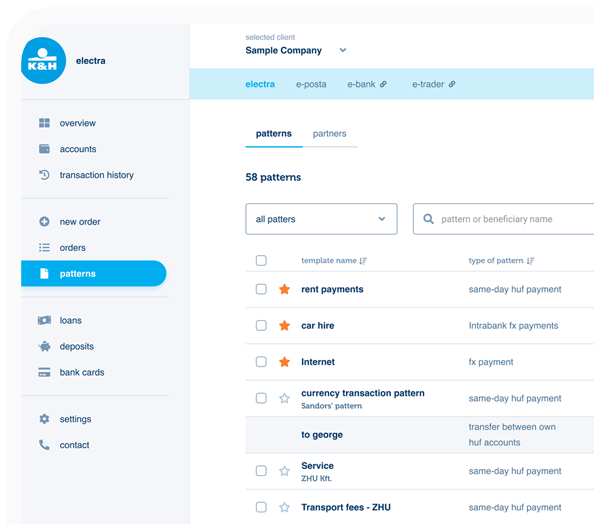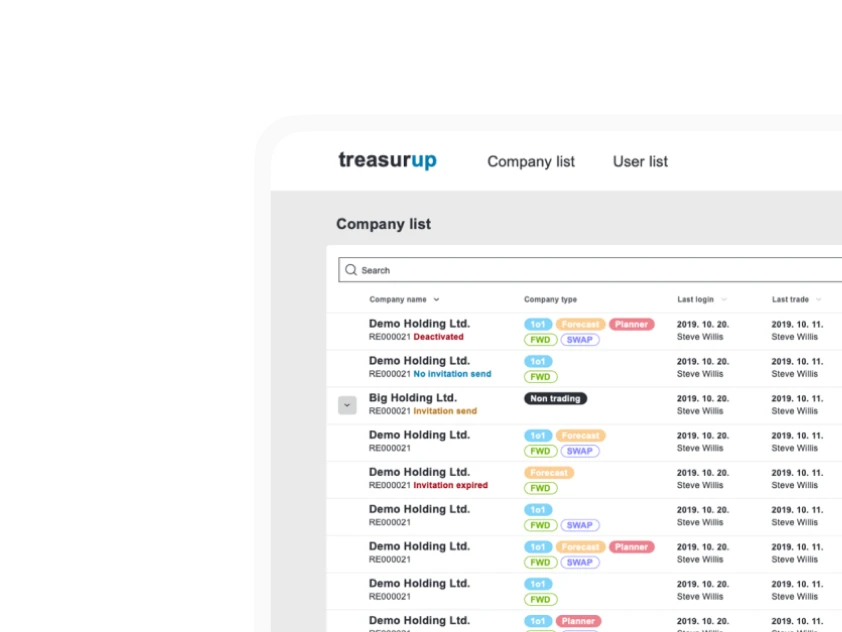In Conversation with Jakob Nielsen, part 1/3
The Future of UX Design Agencies in the Age of AI with Jakob Nielsen
I first came across Jakob Nielsen in 2002 when I began my UX career. At the time, I had no UX colleagues, no UX mentors, and very little UX experience. The only resource I had was his book, Designing Web Usability, which served as my lighthouse and my oracle. Jakob was my hero then, as he was for many other UX professionals. Time passes quickly and some say we need new heroes for new challenges. But as I continue to read and listen to Jakob's insights, I’m reminded that true heroes rarely become outdated—and he certainly hasn’t.
 Jakob Nielsen
Jakob NielsenRecently, my colleague Adam Dragus mentioned that Jakob has a new site, uxtigers.com, where he shares his ideas about UX, AI, and the future of the UX profession. A few years ago, our colleague Maria had a design agency idea also called UX Tigers, so I was curious to see what Jakob’s tigers were up to. He recently published an article covering various topics, including UX in Central Asia, specifically Uzbekistan. This caught my attention because we’ve had some opportunities to work with banks there. What really grabbed me, though, was his vision of the future:
In general, I don’t think there’s a future for UX companies with more than 10 people on staff—and even 10-person UX firms will need an extremely niche/boutique focus. We’ve already seen some of the biggest UX firms cut their staff in half, and any UX firm that still has more than 10 people will surely shrink dramatically over the next few years. There’s a strong trend for companies to convert from UX clients to UX actors by building up internal UX staff with an internal talent-development pipeline. However, this change will happen first in rich countries. In contrast, countries that are still new to UX are likely to follow the historical trend where UX is the job of specialized firms for the first 20–30 years until a wider set of companies accept the mantle of owning their own UX.
Source: https://www.uxtigers.com/post/ux-roundup-20240311
As someone who is always looking into the future of UX agencies—especially since I run one—I was surprised by how concrete Jakob’s comments were, unlike the usual vague predictions I often come across. The landscape is shifting, and while IT has been on the rise for decades, the demand for UX agencies is not guaranteed to follow the same trajectory. I’ve been in this business for over 20 years; I know that the demand for agency work fluctuates significantly, with cycles of internalization and externalization. However, the current environment feels different; those who are weak or slow will likely disappear quickly.
Curious to better understand his vision, I reached out to Jakob directly. I had questions: What is the future of UX agencies? Will we still have them in 10 years? Can we evolve with the times? Jakob responded quickly and made himself available to elaborate on his vision, providing more concrete details to expand on the hints in his article.
Impact of AI on Team Productivity
With more companies, even smaller ones, building in-house teams and AI taking over some roles, where do you think we're headed?
In reflecting on the evolution of UX, I see two key developments shaping the field. First, there's the increased maturity of UX. We started from very primitive beginnings, like the project at Bell Labs in the 1950s where a team designed the push-button telephone keyboard. Over the last 20–75 years, UX maturity has grown, particularly in technologically advanced countries. However, no country has yet reached a high level of UX maturity. It could take a country up to 100 years to fully integrate user-centered design into all important projects, though companies can achieve this more quickly, often in about 20 years.
What’s important to note is that UX maturity varies significantly between different countries and companies. Some are at a medium level of maturity, while others are still at a relatively low level, depending on when they started adopting UX practices. This growth is ongoing, but it’s uneven, with each region and organization progressing at its own pace.
The second major development is the AI revolution. AI is becoming an increasingly important factor in shaping the future of UX. This revolution will likely have a profound impact on how UX continues to evolve globally.
How will AI affect the productivity of UX and development teams?
I genuinely believe we're witnessing a revolution, one that's bringing about numerous significant changes, particularly in how it boosts the productivity of knowledge workers, including those in UX. We're only at the beginning of this transformation. In my view, 2023 marked Year 1 with the introduction of GPT-4, the first truly effective generative AI. Before that, we had less capable versions, but now we've crossed a threshold into what I consider the start of a new era in AI. As of 2025, we're in Year 3, still very early in the process.
Looking ahead 10 years, which isn't a long time, I anticipate much greater productivity improvements. Based on my estimates, I believe that in a decade, we could see productivity in fields like UX triple, meaning one person will be able to do the work of three. In software engineering, however, the impact could be even more dramatic, with a potential 10-fold increase in productivity. This prediction is based on early data, but current trends suggest that software developers are gaining more from AI advancements than other professions.
This leads to two significant outcomes. First, AI becomes a powerful tool for individuals, greatly enhancing their capabilities. Second, as each person becomes more productive, the size of teams can be scaled back, reducing overhead and further boosting efficiency. While larger teams can accomplish more than smaller ones, they often suffer from inefficiencies like excessive meetings and internal conflicts. With AI, we can expect smaller, more agile teams to achieve much higher levels of productivity, minimizing these traditional drawbacks.
How do you think AI will help reduce the significant overhead in communication and management?
AI has the potential to significantly reduce the communication and management overhead that many organizations face today. Management roles, while necessary, often don't directly contribute to production—they’re there to ensure others can produce. As teams grow, more layers of management are added: managers, directors, vice-presidents, and senior vice-presidents, each becoming more expensive and less directly involved in production. This idea might be controversial, but with AI making individual team members more powerful and productive, we could reduce the need for these multiple layers, leading to smaller, more efficient teams.
This reduction in management layers not only saves costs but also boosts team productivity. For example, a smaller team with fewer management levels can communicate more effectively, making the entire team more efficient. I predict that we'll see significant productivity growth, especially among programmers and UX professionals. The combination of AI-enhanced individual performance and reduced overhead will allow teams to accomplish more with fewer people.
As a result, we’ll likely see a shift in how resources are allocated between design and implementation. Traditionally, large programming teams have been necessary, leaving limited resources for UX. But, as AI increases the efficiency of programmers, the number of programmers needed on a project could decrease, freeing up resources to expand the UX team. For example, a project that once had 10 UX professionals and 90 programmers might shift to 20 UX professionals and 50 programmers, with the 20 UX people now able to do much more than the 10 could in the past. This leads to a more balanced and powerful workforce, achieving greater efficiency and productivity overall.
Resource allocation and market shifts
How will these changes affect cost, UX maturity, and the choice between in-house work or using an agency?
I anticipate a significant shift in how companies approach UX and programming as these services become more efficient and cost effective. With UX becoming cheaper, more businesses will be inclined to invest in it, leading to an increased demand for UX capabilities across various industries. This affordability will drive companies to buy more UX services, not only because they are less expensive but also because they see the value in enhancing their user experience. As a result, we can expect to see companies building more in-house teams dedicated to UX, integrating these functions more seamlessly across departments rather than keeping them siloed in a separate UX department. This distributed approach, or ‘pancaking,’ will allow businesses to handle a larger volume of UX work internally, thus reducing their dependency on specialized UX design agencies.
However, this doesn't mean that UX agencies will become obsolete. While the demand for their services may decrease, especially for routine tasks, there will still be a need for external consultants when companies face new challenges or require specialized expertise. The market for UX services will likely polarize, with success concentrated at the high and low ends. High-end agencies will thrive by offering premium, highly specialized services that in-house teams might not be equipped to handle, while low-end agencies may cater to smaller companies or those looking for cost-effective solutions. The middle market, however, could struggle as more companies opt to build in-house teams, leveraging the lower costs and increased availability of UX talent.
Can you elaborate on the difference between the high- and low-end markets?
As UX services become more affordable and efficient, I foresee a significant shift in how companies, particularly small and mid-sized businesses, handle these needs. For mid-sized companies and larger enterprises, building in-house UX teams makes sense, as they have the resources to support these functions internally. However, for smaller companies, like a local dentist's office or a small restaurant, hiring a specialized UX team is neither practical nor necessary. These businesses still need websites, a social media presence, and basic digital tools, but they require cost-effective solutions tailored to their specific needs.
The low-end market will cater to these small businesses by offering affordable, standardized solutions. Larger agencies or companies could step in to provide these services using mass production approaches, such as design systems, pattern libraries, and AI-generated tools, to create customized yet efficient designs for small-scale clients. While this market has traditionally been served by freelancers, there’s potential for larger agencies to dominate by leveraging AI and other technologies to deliver quality solutions quickly and at a lower cost. This could lead to the rise of a new segment where agencies offer simplified, mass-produced digital services to small businesses.
At the high end, the need for external consultants remains crucial, especially for companies with established internal teams. Even with a strong in-house UX team, there’s significant value in bringing in an external perspective—someone who isn’t influenced by the company’s internal culture and can offer fresh, independent insights. This type of high-end consulting work is typically reserved for very senior professionals who can challenge existing ideas and push for innovation. While small businesses might not require these services, mid-sized and larger companies will still find value in hiring external experts to provide strategic guidance and elevate their UX practices.
The landscape for high-end consulting could pose challenges for large firms like McKinsey & Company and Boston Consulting Group. These firms, with their extensive networks of consultants, might struggle to adapt to a market increasingly favoring smaller, specialized consulting teams. The demand for bespoke, expert advice provided by small, highly specialized firms could outpace the need for large-scale consulting operations. As a result, large consulting giants might need to rethink their strategies to maintain relevance and competitiveness in a market that increasingly values specialization and nimbleness.
Shaping the Future of UX: Key Shifts in Teams, Agencies, and Global Trends
Fundamental shifts are occurring in the UX landscape, driven by AI’s impact on efficiency and the changing setup between in-house teams and agencies. As we explore these transformative trends, there’s much more to uncover. In the next two posts, we’ll dive deeper into the evolving roles of UX professionals, the structural changes reshaping agencies, and the opportunities emerging in regions across the globe. Stay tuned for these insights as we continue to explore the future of UX.









